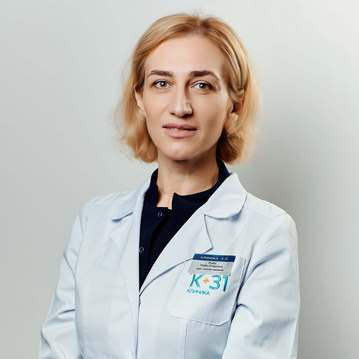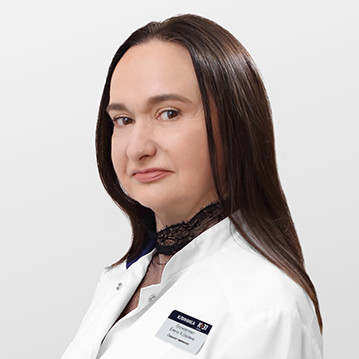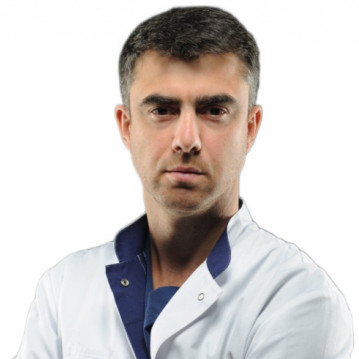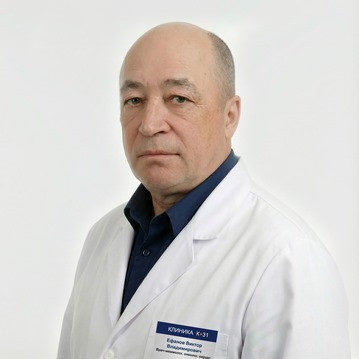A routine breast examination can reduce the risk of developing many pathological changes. After all, it is much easier to cure any disease at an early stage than when it begins to progress. Women are advised to visit a mammologist once a year.
Various methods are used to examine the mammary glands. The most popular among them are ultrasound and mammography. They are able to diagnose many diseases, but they cannot show the condition of the milk ducts and where exactly the neoplasm is located. For these purposes, ductography is used in clinics.
Ductography of the ducts of the breast
Ductography is a method of x-ray examination, in which a contrast agent is injected into the ducts of the breast. This makes the course of the ducts visible on x-rays and makes it possible to examine in detail the internal structure of the breast, as well as abnormalities.
Ductography helps to timely detect breast diseases, including inflammatory processes, benign and malignant neoplasms at different stages. For example, if the patient complains of uncharacteristic discharge from the nipples. In this case, a cytological examination is first prescribed, and then ductography. Thanks to it, pathologies can be detected:
- Mintz disease.
- Intraductal papilloma.
- Mastopathy.
- Breast adenoma.
- Intraductal oncology, etc.
The examination is prescribed by a mammologist or gynecologist after examination.
How is ductography performed?
The decision on the need for ductography is made by the doctor - it is important to visit him when the first alarming symptoms appear. At K+31, you can get a consultation with detailed recommendations for preparing for the study, then complete the procedure.
As a rule, in women of reproductive age, ductography is performed from the 5th to the 12th day of the menstrual cycle. This is due to a change in hormonal levels: at this time, the gland is most relaxed, and the procedure causes a minimum of discomfort. For women who have reached menopause, ductography is performed on any day. The total duration of the procedure is about half an hour.
As a preparation, an antispasmodic drug may be prescribed by a doctor three days before the manipulation. Also during this period and on the day of the study, the woman is not allowed to press on the nipple in order to avoid its spasm.
The procedure is carried out as follows:
- The woman undresses to the waist and removes jewelry, if any.
- The nipple of the examined mammary gland is wiped with 70% alcohol, up to 2 ml of 1% novocaine is injected into its base. This reduces pain and helps to relax the milk ducts.
- After 3-5 minutes, when the anesthesia takes effect, the doctor slightly squeezes the nipple and gently, effortlessly inserts a thin catheter into it.
- A contrast agent is delivered through the tube. Usually the volume of liquid is 0.5 ml, but can be up to 8 ml.
- The breast is placed on the stand of the mammograph.
- The study is performed in two projections - direct and oblique. This allows you to better consider the features of the anatomy of the ducts and their patency.
- The contrast is removed at the end of ductography. In one procedure, 1-2 ducts can be examined in detail.
Ductography can be done at the K+31 clinic. With each patient, our specialists work individually, which allows us to minimize discomfort.














